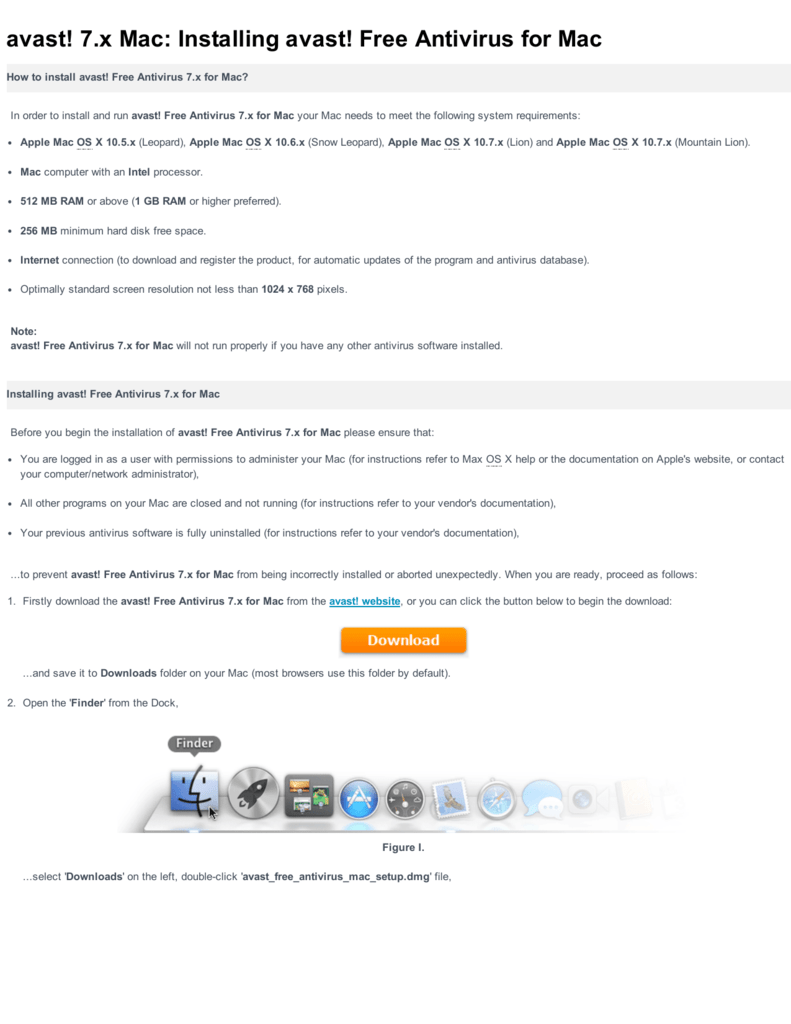

That helps cut down on interest-rate risk, which gives this preferred fund an advantage in a rising-rate environment. LDP is a “limited duration” fund in which the average duration of its portfolio is typically just six years or less. I prefer to buy it then, during pullbacks (which can be quite sharp).Ĭohen & Steers Limited Duration Preferred and Income Fund (LDP)īack in September, I called out the Cohen & Steers Limited Duration Preferred and Income Fund (LDP) as a “noteworthy” preferred CEF-one whose makeup has played perfectly to the recent rise in interest rates.Ī 4% difference might not seem like much, until you realize that’s just over the past four months, and in an asset class that’s not exactly known for being spry. This chart clearly shows that PDT takes the occasional nap. The CEF actually trades at a small 2% premium at present, just a few months after trading at a mouth-watering double-digit discount. And again, it uses a healthy heap of leverage (36%) to amplify performance.īut maybe don’t jump right this minute. (PPL) shares and a 5.9% preferred offerings from the very same firm.

The top 10 holdings, for instance, include both PPL Corp. The John Hancock Premium Dividend Fund (PDT) siphons income from commons and preferreds alike, and it does so across a tight portfolio of roughly 100 issues. If you can stomach that amount of volatility out of a long-term holding, you can generate even more income through this next “hybrid” fund. Meanwhile, patient investors can often get quality CEFs at 90, 80 even 70 cents on the dollar if they pick their spots. The fund currently trades at a modest 3.6% discount to NAV, and the most that has fallen to at any point over the past year is about 6%. Also, this CEF typically doesn’t present one opportunity its peers often do-to buy its assets for much cheaper than they’re worth. That much leverage does contribute to volatility, so HPS isn’t for the faint of heart. And HPS doesn’t skimp here, levering nearly a third of assets to squeeze every last cent out of its portfolio. Remember: One of CEFs’ greatest tools is the ability to use debt leverage to invest even more in management’s best ideas. The aim is simple: Management is looking to generate high income from a basket of preferred stocks, and typically at least half the portfolio is going to be investment-grade in nature. It’s both the youngest-by virtue of its 2003 inception versus 2002 for the other pair-and the largest, with roughly $550 million in net assets. Let’s start with the John Hancock Preferred Income Fund III (HPS), which as the name implies is the third of three John Hancock preferred-stock CEFs. John Hancock Preferred Income Fund III (HPS) So let’s take a peek into this under-covered area of the market and see which preferred funds you can trust for a high average yield of 7.7% (and some peace of mind). Rather than buying whatever the index says they must buy every quarter, active managers can avoid highly questionable preferreds while loading up on unfairly underloved issues.Īnd they can gin up returns even further through the use of leverage, which you’ll never see in your average preferred ETF. What’s less-known is that active managers of closed-end funds (CEFs) can wring even more returns out of this high-yield corner of the market. Investors have collectively put $19 billion into the index-based iShares Preferred and Income Securities ETF (PFF) for exposure, and billions more are spread out across a handful of other indexed products.
10.6.8 SOFTWARE PREFERRED SERIES
Goldman’s D series only yield about 4.1% right now, but it’s typical for preferreds to yield in the 5%-7% range, and it’s far better than the 1.7% on GS commons. The upshot to preferreds is they usually deliver far juicier dividends than their common-stock counterparts. It’s a smoother ride, like what we see out of Goldman and its Preferred D Series.īut this is just price performance, not total returns. Preferreds don’t appreciate as much as common shares-they act more like bonds, trading around a par value. (Whatever-we’re here for the yield, not a corporate boardroom seat.)

Preferreds represent ownership in a company, but we typically don’t get voting rights. What matters more to investors is the nature of the stock. But this dynamic doesn’t come into play very often.


 0 kommentar(er)
0 kommentar(er)
